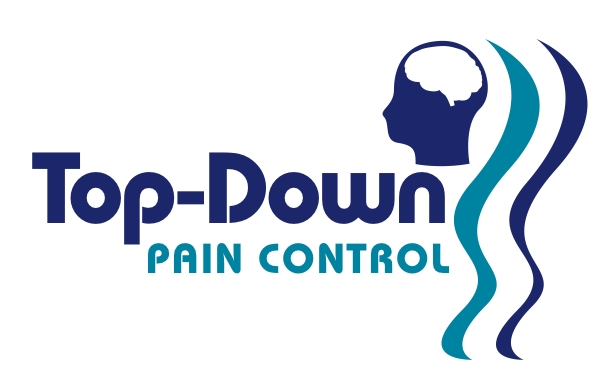Listen to Dr Bernie Whitaker using Guided Imagery
Terms and conditions
All material on www.top-downpaincontrol.com is copyright protected.
If you copy or download any material including the audio files below then in doing so you agree to the terms and conditions, which can be found here. In particular Clause 12 INTELLECTUAL PROPERTY and CONFIDENTIALITY
background
The audio files listed here are recordings of me using Guided Imagery with children undergoing venepuncture. They are from the videos used in teaching Guided Imagery in the workshops. These are unedited and exactly as it was in the room.
These are not Guided Imagery Scripts. Rather, here, Guided Imagery is a therapeutic technique that allows two people to communicate on a reality that one of them has chosen to construe through imagery. As you will hear, the technique is conversational as the child describes what is happening in her or his imagery.
The choice of imagery is always the child’s and as such each case is unique to the child’s experience.
The youngest child I have used guided imagery with is about four and a half years old. Children from the age of five years up take to this technique very well. Adolescents (and grown-ups) can feel a little awkward, self-conscious - the 15 year-old girl in the swimming pool (link below) is a good example. Despite being a little giggly and sceptical, she gets right into the imagery, in the pool and the spa. At the end of the procedure she opens her eyes, looks at her outstretched left arm with a band-aid on and says ‘Oh, it’s done is it?’
The longest time I have used guided imagery is about 45 minutes. This was with an adolescent boy who had a large pre-tibial laceration. He was playing basketball in his imagery while the wound was injected with lignocaine and sutured. There is not really a limit on time, it mostly depends on how long the procedure takes to complete.
In each of the cases below I had met the child only about 5 minutes prior to the procedure. None of the children had topical anaesthetic cream applied simply because at the time it was not used in the department. The first case ‘Guided Imagery Cricket’ is guided imagery alone. The boy literally shuts his eyes and begins to imagine and describe his imagery. As in all the cases I am listening to what is unfolding in the child’s imagery and guiding his imagery (asking questions) based on what he is describing. In this way, I am guiding and being guided by the child’s description of events.
The ‘relaxation’ exercise that precedes some of the cases has, these days been replaced with ‘mindful distraction’. Both techniques are similar but with the latter the word ‘relax’ is not used. Young children are often very unclear as to what being relaxed is, which is why I let this go many years ago.
The Mindful Distraction technique begins with thinking about, noticing feet on the floor and then shifting attention in a sequential manner anatomically all the way up to the top of your head and then down through arms and fingers, A single-page A4 outlining the technique can be downloaded here. You can also download an audio recording of the technique below. Following the mindful distraction is a short imagery exercise in ‘your favourite place’. This is not ‘guided imagery’ because it is one-way. For it to he guided imagery I would have to hear you describe what you are imagining and then ask you about what you can see and what is happening.
To download the audio file please click on the link for each case.
Reminder: By clicking on/downloading any file you are agreeing to the T&Cs above.
Guided Imagery Cricket - 10 year-old boy.
Guided Imagery Netball - 10 year-old girl.
Guided Imagery ‘Kickball’ at School - 5 year-old boy.
Guided Imagery Swimming Pool - 15 year-old girl.
Mindful Distraction - Dr Bernie Whitaker describes mindful distraction and its application and takes you through the technique before finishing with imagery in your favourite place. Note only do this in a setting where it would be quite safe to fall asleep.
